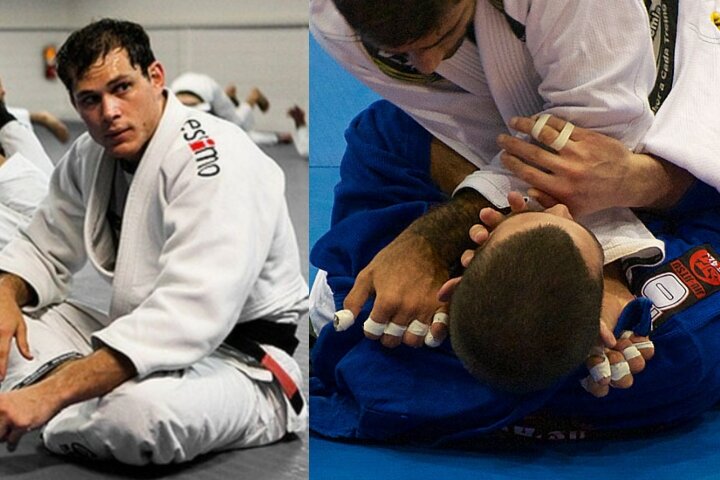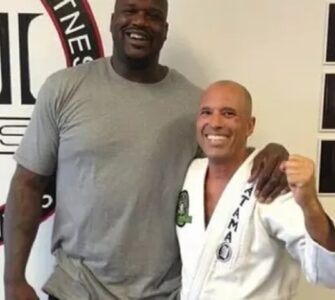The phenomenon of BJJ World Champions winning with what are considered white belt techniques – such as armbars, kimuras, triangles, and rear naked chokes – is a testament to the depth and complexity of Brazilian Jiu-Jitsu. It highlights the significant differences between a master and a novice, even when they are using the same techniques. Here are some key factors that explain this phenomenon:
- Mastery of Fundamentals: At the highest levels of BJJ, the mastery of basic techniques is paramount. A master has honed these techniques through thousands of hours of practice, understanding every nuance and subtlety. This deep understanding allows them to execute these moves with precision, efficiency, and timing that a novice simply cannot match.
- Advanced Understanding of Mechanics: Masters have an advanced understanding of the mechanics behind each technique. They know how to apply leverage, force, and balance in the most effective way. This understanding allows them to execute techniques in a way that is both more effective and harder to anticipate or counter.
- Adaptability and Creativity: High-level practitioners can adapt fundamental techniques to a wide variety of situations. They can modify grips, angles, and body positioning to make a standard technique work in an unorthodox scenario. This adaptability often catches opponents off guard.
- Psychological Warfare: Masters of BJJ are often skilled in psychological tactics. They can feint, bait, and use a deep understanding of human reaction to their advantage. This mental game can make even the most basic technique devastatingly effective against a less experienced opponent.
- Physical Conditioning: Top-level BJJ athletes have superior physical conditioning, including strength, flexibility, and cardiovascular endurance. This physical superiority amplifies the effectiveness of even the simplest techniques.
- Experience and Intuition: Years of training and competition give masters an intuitive grasp of timing and opportunity. They can sense the right moment to apply a technique, often before their opponent realizes what’s happening.
- Detail-Oriented Execution: A high-level practitioner pays attention to the smallest details in execution. Minor adjustments in grip, hip position, or pressure can turn a basic technique into a match-winning move.
- Ability to Anticipate and React: Masters have an uncanny ability to anticipate their opponents’ moves and react instantly. This skill allows them to apply fundamental techniques in response to their opponent’s actions effectively.
- Efficiency and Conservation of Energy: Masters use techniques efficiently, conserving energy for critical moments in a match. This efficiency can be a deciding factor in the outcome of a match, especially at high levels where competitors are evenly matched in skill.
- Understanding Opponent’s Weaknesses: Finally, high-level competitors are adept at quickly assessing and exploiting their opponent’s weaknesses. They can tailor basic techniques to target these vulnerabilities effectively.
While the techniques may appear basic, the application by a master is anything but. The depth of understanding, coupled with physical and psychological prowess, allows these practitioners to use fundamental techniques with a level of effectiveness that is unattainable for a novice. This is why the highest-level BJJ competitors can still catch their opponents with techniques that are taught at the white belt level.





















